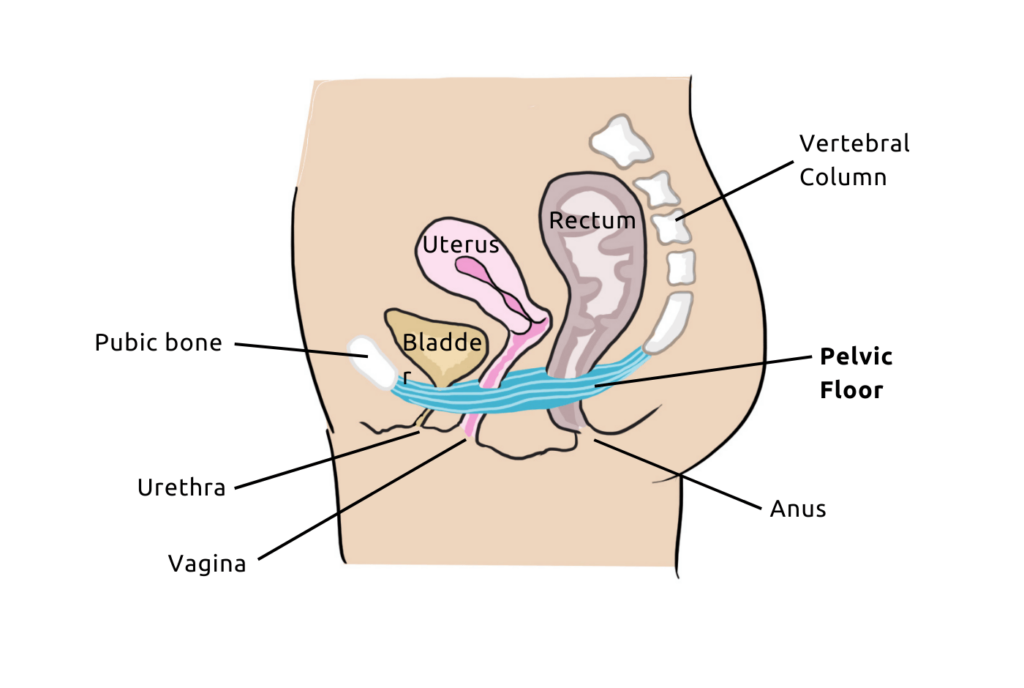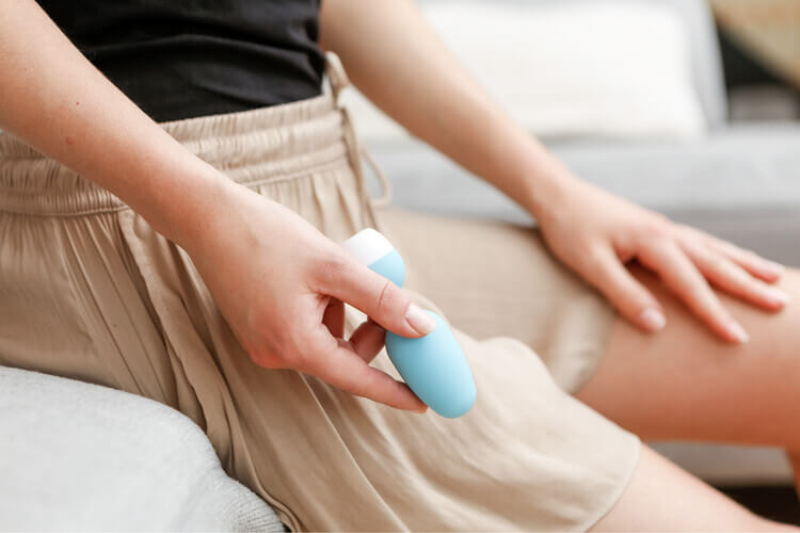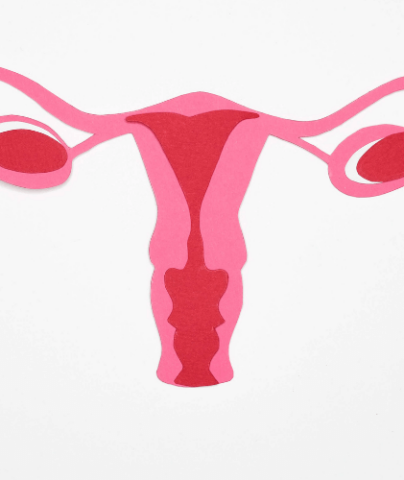
Natural pelvic organ prolapse treatments
Organ prolapse, or prolapse, refers to the displacement of one or more pelvic organs into the vagina or anus. On an average, a woman has between 11 and 19% risk of undergoing prolapse surgery in her lifetime. Even though many women are affected, they find it difficult to talk about. However, there are natural pelvic organ prolapse treatments
Effective natural treatments for early organ prolapse
A vaginal prolapse can occur at various stages in a woman’s life. Following pregnancy, a difficult childbirth, perineal tearing, hysterectomy, or menopause… A wide variety of factors can explain the onset of organ prolapse.

However, there is often a common factor: the involvement of the pelvic floor
Relation between the pelvic floor and pelvic organ prolapse
The pelvic floor muscles, or pelvic floor, are responsible for the proper support of internal organs (especially genital and digestive).
If these muscles are too loose, they can no longer properly support the viscera. This is then one of the main risk factors for organ prolapse.

The most common are cystocele (bladder descent) and rectocele (when the rectum descends).
Relaxed Pelvic Floor can also lead to other complications:
- leakage, even urinary incontinence ;
- sensation of a vaginal lump ;
- pain during intercourse;
- a feeling of heaviness in the lower abdomen…
Training your pelvic floor to fight organ prolapse
First, pelvic floor training is recommended as first-line treatment in cases of urinary incontinence.

This solution is also very effective for beginning or moderate prolapses (stages 1 and 2).
Likewise, in cases that may require surgery, regular perineal rehabilitation sessions are essential. They can even delay the need for surgery by several years, or completely avoid it.
Indeed, toning the perineal muscles will help strengthen your pelvic floor. Your organs will then have much better support.
In any case, first consult a healthcare professional, such as a gynecologist or a midwife. They will advise you on pelvic floor training as a natural treatment according to the stage of your organ prolapse.
Rehabilitation Sessions with a Professional
In practical terms, it is best to start rehabilitation with a professional (midwife or specialized physiotherapist). This will allow you to become aware of your pelvic floor and understand how it works.
For better understanding, manual rehabilitation can even be combined with the use of a intra – vaginal device such as the Emy kegel trainer

Finally, these rehabilitation sessions will also be a perfect opportunity to ask all your questions. And above all, to learn how to properly contract your pelvic floor!
Strengthening Your Pelvic floor at Home Independently
Later on, you will need to continue doing your pelvic floor training at home, independently. Apply the advice given to you by the healthcare professional.
If you have enough control over your perineum to do without supervised sessions, start practicing on your own.
In both cases, it is possible to do manual rehabilitation without any accessories. But many devices can also help you strengthen your pelvic floor. Among these easy-to-use tools at home, there is the Emy kegel trainer.

Its mobile application will guide you through your rehabilitation sessions with visual or auditory contraction exercises. You will also be able to monitor your progress and set reminders to remember to train.
Finally, no matter which method you choose, consistency is key. This is the key to success for this natural treatment against organ prolapse. You will only feel the long-term benefits by establishing a true pelvic floor trainer.
During your toothbrushing, while waiting for the children in front of the school, in the car at the red light… Find the most convenient time for your manual rehabilitation. 5 minutes every evening on your couch will already be effective. Over time, the repetition of exercises will become a habit!

Treating prolapse symptoms naturally with a better lifestyle
Next, taking care of your lifestyle is another natural solution to fight against organ prolapse. By acting on several causes at once, you then improve the health of your pelvic floor.
For example, constipation and overweight cause excessive pressure on the pelvic muscles. Therefore, a balanced diet and the practice of regular physical activity limit potential damage.

Smoking (which can cause chronic cough) and carrying heavy loads also increase pressure.
Ultimately, this high pressure can cause the pelvic floor to relax. And thus lead to the onset or worsening of symptoms of organ descent.
We often hear about the many benefits of a healthy lifestyle. The health of your pelvic floor is one of them. So many reasons to take better care of yourself every day!

Other natural remedies to treat genital prolapse
Finally, there are many other natural solutions to deal with genital prolapse.
If the discomfort is mild or very temporary, during an effort for example, one can notably use a pessary. Inserted into the vagina like a sanitary tampon, this small silicone ring helps maintain internal organs, thus preventing urinary leaks.
But beware, wearing a pessary is a palliative solution and not a curative one. This device will have no impact on strengthening your pelvic floor.
Therefore, the pessary is of interest in specific cases, for occasional use (during sports, for example). But it is not a long-term solution.

When natural treatments are not enough to treat organ descent…
Finally, it is unfortunately possible that organ descent is too significant (stage 3 or 4) for a natural treatment to work. This is the case when the prolapse becomes visible outside the vulva.
If no natural solution is sufficient, the last resort will be surgery. In this situation, pelvic floor rehabilitation will be equally important in postoperative recovery to regain muscle tone in the pelvic floor region.

Free Pelvic floor guide
Find out how to strengthen your pelvic floor to prevent bladder weakness and improve intimate pleasure! 💥


